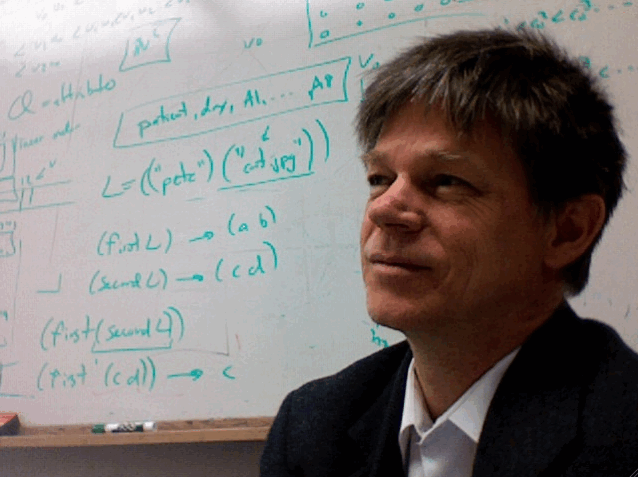
William Tarimo, PhD
William is an Assistant Professor of Computer Science at Connecticut College. His primary research explores how technology and agile methodologies can be used to improve academic outcomes through applications in the learning and teaching processes. Other research projects are in the areas of applied robotics and application of electroencephalogram (EEG) data and device in educational technology. Expertise: Educational Technology, Computer Science Education, Brain Computer Interfaces, Entrepreneurship, Robotics, Web & Mobile Development, Machine Learning, Artificial Intelligence.

Timothy Hickey, PhD
Timothy J. Hickey is a professor of computer science and Chair of the Computer Science Program at Brandeis University. His current work focuses on Educational Technology, Brain-Computer Interfaces and Game-based Learning.
Expertise: Educational Technology, Computer Science Education, Brain Computer Interfaces, 3D Game Design, Interval Arithmetic, Scientific Visualization, Computer Supported Learning, Groupware and Collaborative Editing, Constraint Logic Programming